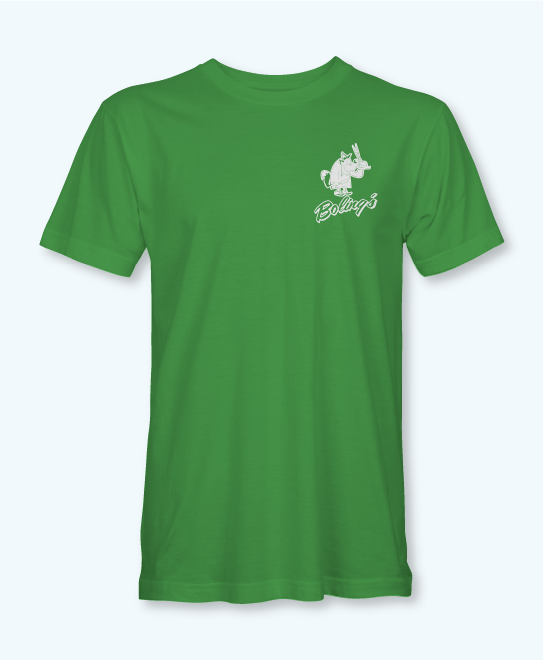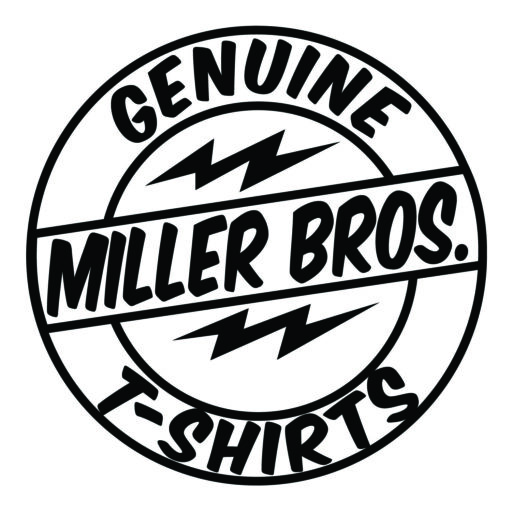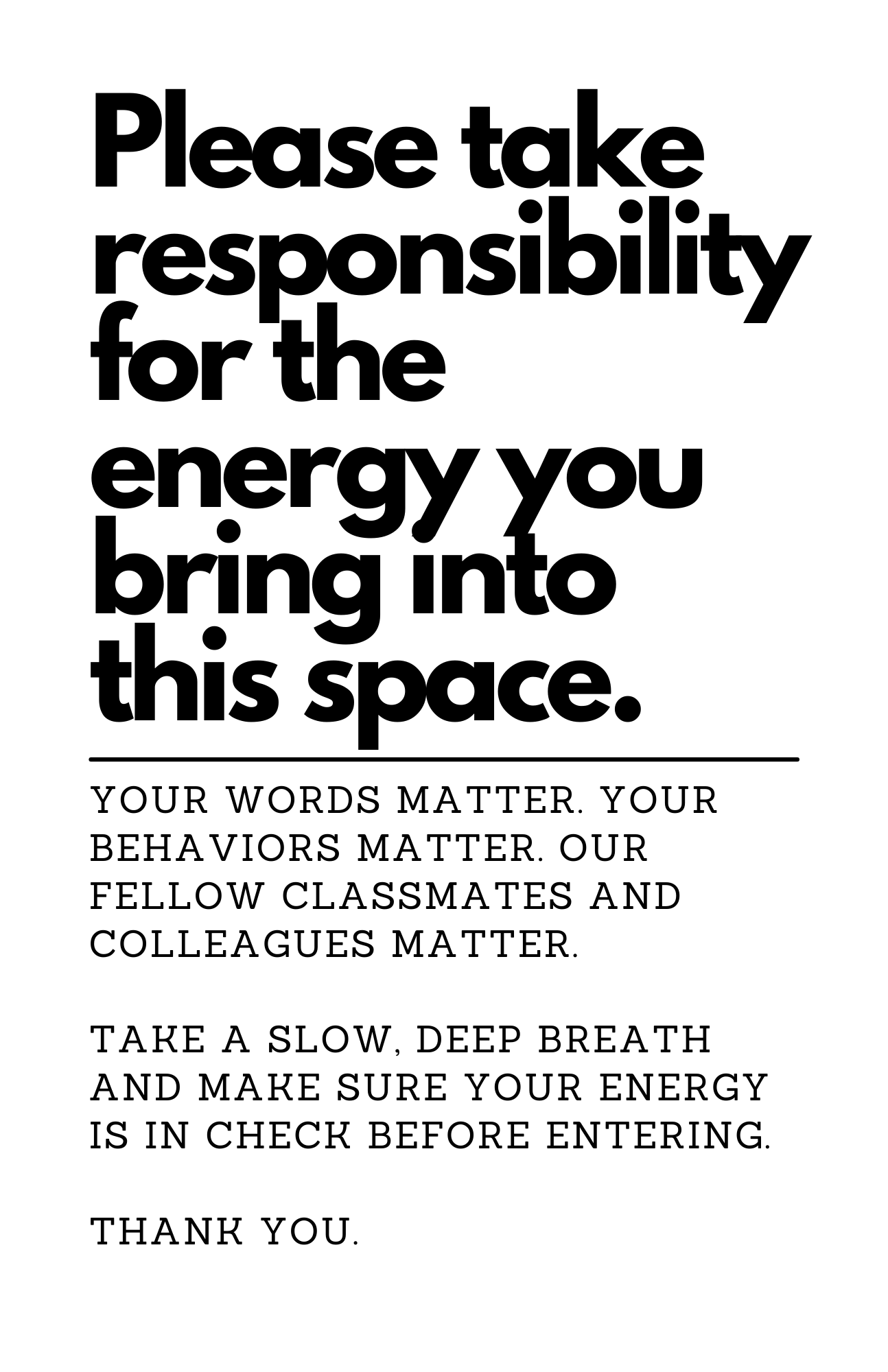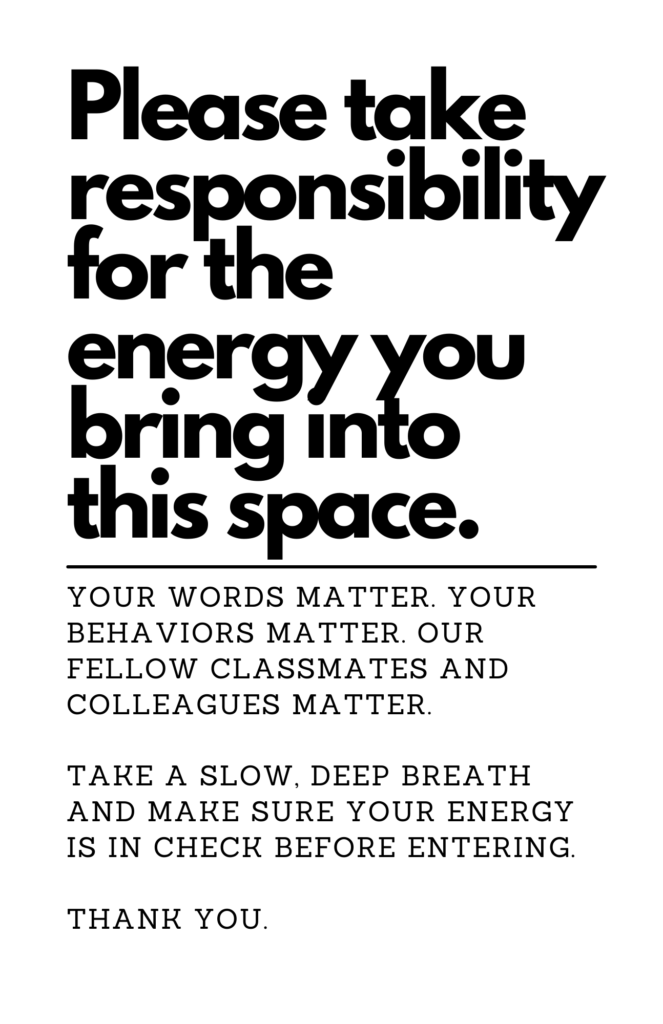
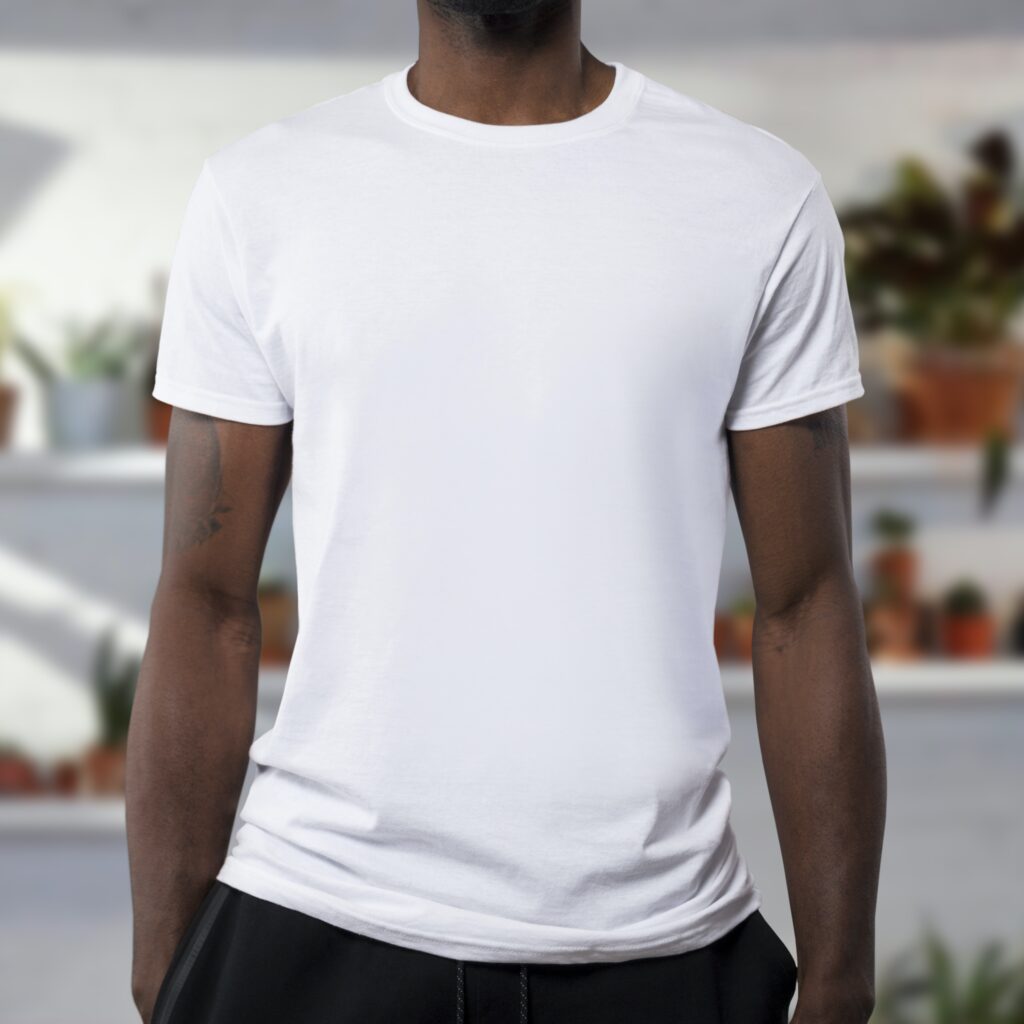
Are you working on a shirt project and unsure of what to do for the art? Coming up with a custom design for your shirts can be a challenge, but there are plenty of great sources of inspiration out there. In this post, we’ll explore some of the best places to look for design ideas and get your creativity flowing.
Google Images – Google Images is a great place to start your search for inspiration. By simply searching for keywords related to your event or organization, you’ll find a range of logos, graphics, and typography styles that can help inspire your custom design.
Pinterest – Pinterest is another popular visual search engine that can be a goldmine for inspiration. Create a board specifically for your shirt project and start pinning designs that catch your eye. You can also search for related keywords to find more ideas.
Social media platforms – Social media platforms like Instagram, Facebook, and Twitter are great places to find inspiration for shirt designs. Look for accounts or hashtags related to your event or organization, and browse through the images to see what types of designs and logos are popular.
Online retailers and stores – Check out the apparel section of your local stores or browse through online retailers that sell clothing related to your event or organization. You’ll be able to see what types of designs and styles are popular and get ideas for your own custom shirt.
Design galleries – Websites like Behance, Dribbble, and Creative Market feature galleries of graphic design projects that can provide inspiration for your custom shirt. You can search for keywords related to your event or organization and find projects that match your vision.
By using these sources of inspiration, you’ll be well on your way to creating a custom shirt design that’s perfect for your event or organization. Don’t be afraid to borrow elements from existing designs and modify them to fit your needs. And if you need help with the design process, don’t hesitate to reach out for assistance.
We hope these tips have been helpful and that you feel inspired to create an amazing custom shirt design for your next project!



